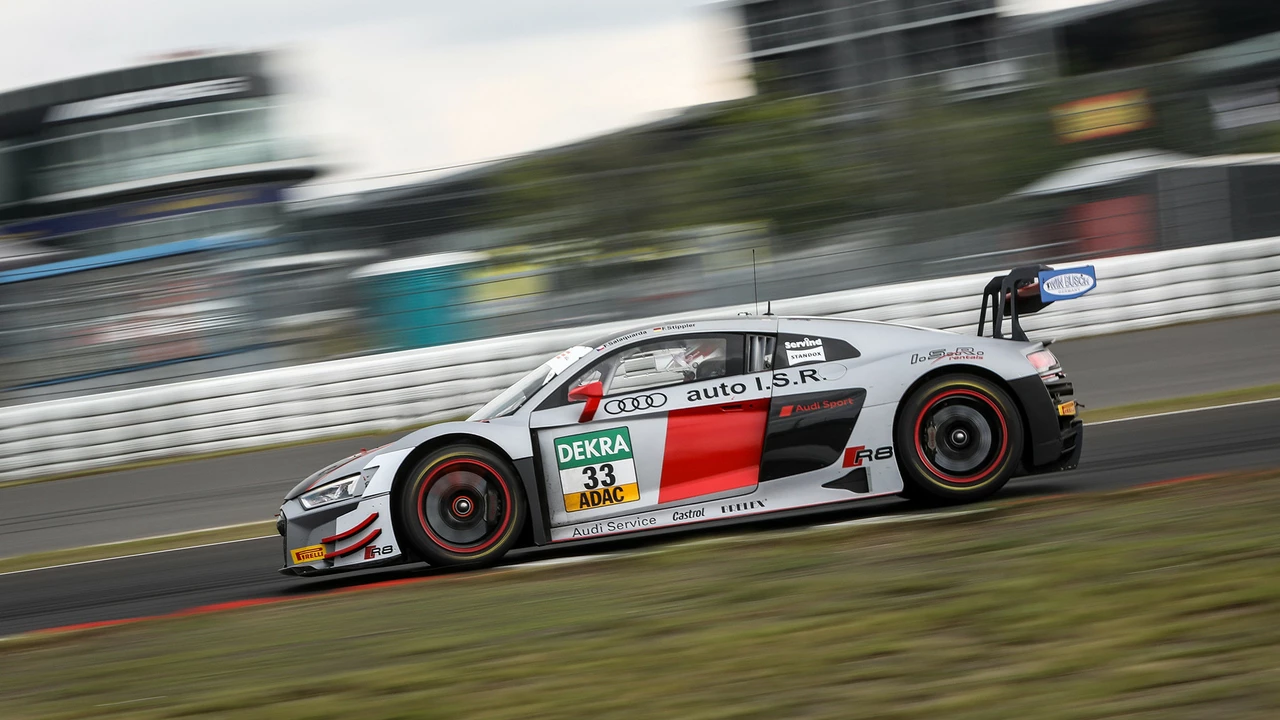Racing Career: How to Build Your Path in Motorsports
Ever wonder how a kid from a small town ends up on a world‑class racetrack? It isn’t magic – it’s a mix of skill, hard work, and the right choices. Below you’ll find the basics that anyone dreaming of a racing career can start using right now.
Starting Out: First Steps
Most pros begin with go‑karting. It’s cheap, fast, and teaches you how a vehicle reacts at the limit. Look for local kart tracks, sign up for a beginner class, and focus on clean laps rather than outright speed. Consistency beats flash any day.
While you’re karting, soak up everything about car dynamics. Read articles about why a racing car feels different from a regular road car – things like downforce, weight transfer and tyre grip. Our post "What's the allure of racing cars?" breaks down the excitement in plain terms, so give it a quick read.
Don’t ignore fitness. A racing driver needs strong core muscles, good reflexes, and endurance for long stints. Simple body‑weight workouts, cardio, and reaction drills can make a big difference before you even step into a car.
Climbing the Ladder: Progression Tips
After you’ve nailed the basics, move up to entry‑level single‑seaters or touring cars. This is where sponsorship becomes crucial. Approach local businesses with a clear pitch: explain your goals, show your results, and offer branding on your car or suit. Remember, sponsors look for exposure, so a solid social media presence helps.
Networking matters just as much as speed. Attend motorsport events, talk to team owners, and volunteer at races. You never know which conversation will open a seat in a junior team.
Study race craft. Watch F1, NASCAR, MotoGP and IndyCar races and ask yourself what the drivers are doing in corners, how they manage tyre wear, and why they choose certain lines. Our article "How is NASCAR racing different from F1 racing?" shows the key differences that affect driver strategy.
Mentorship can accelerate progress. Find a former driver or a coach who’s willing to review your footage and give feedback. Small tweaks – like adjusting your braking point by a few metres – often translate into big lap time gains.
Finally, keep a record of every race, every test, and every improvement. A simple spreadsheet with lap times, car setup, and comments will help you spot patterns and show sponsors your professional approach.
Building a racing career is a marathon, not a sprint. Stay patient, stay hungry, and keep learning. The track will reward the effort you put in, and before long you’ll be chasing that checkered flag with confidence.

At 19, I'm eager to dive into the exciting world of motorsport racing. To get started, I'll need to obtain the necessary licenses and join a racing club or driving school that offers dedicated training. I'll have to invest in the right safety equipment and consider renting or buying a suitable race car. Networking with other racers, attending competitions, and seeking sponsorship opportunities will also be essential for my success. Above all, I'm committed to practicing and refining my skills to become the best racer I can be.
Read More